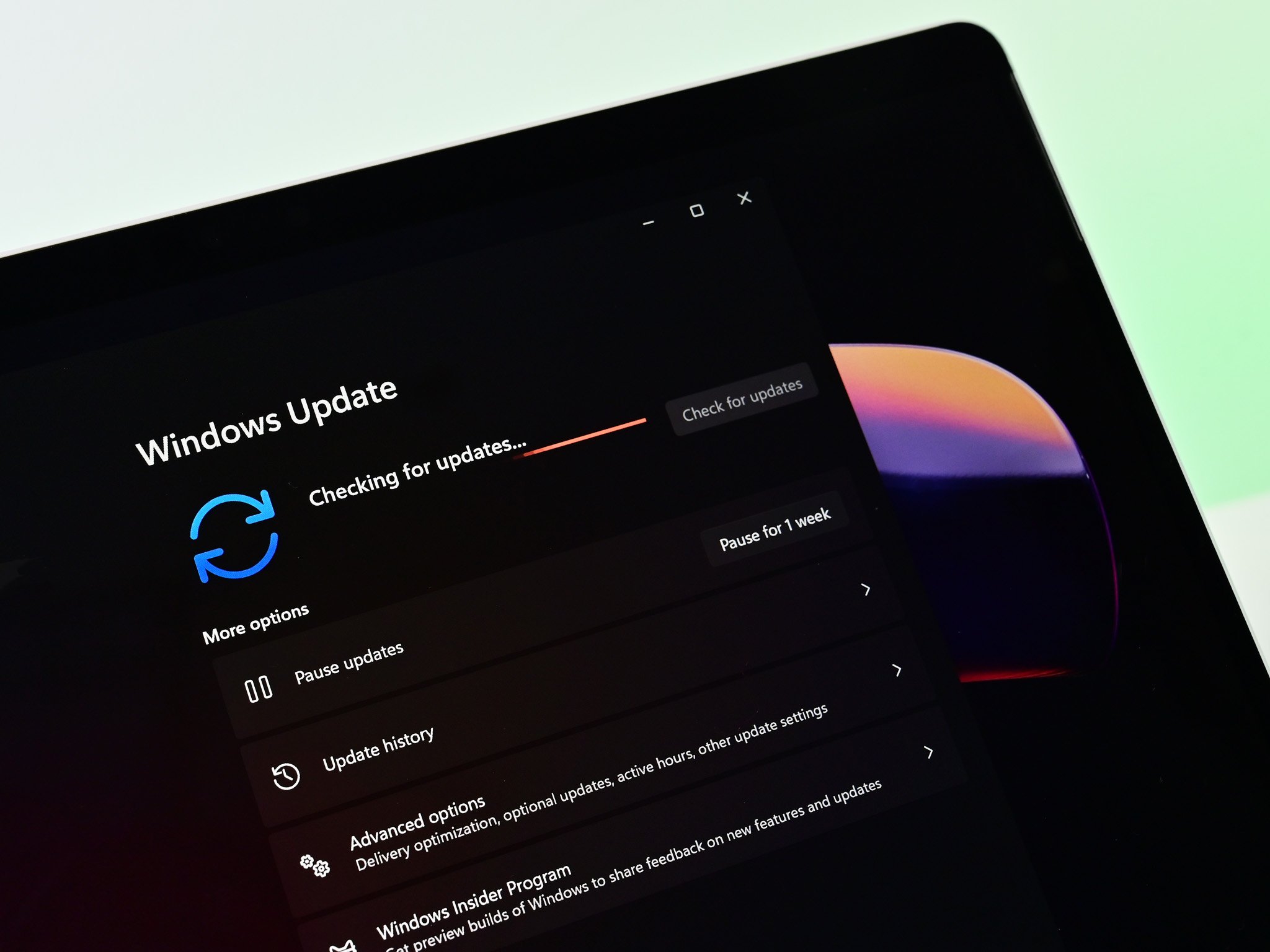Microsoft releases Windows 11 Insider Preview Build 22621 to the Beta Channel
Microsoft's latest Insider build for the Beta Channel doesn't include any new features.

What you need to know
- Microsoft just released Windows 11 Build 22621 to Insiders in the Beta Channel.
- The build doesn't include any new features, but it has several improvements and fixes.
- Microsoft also released Windows 11 Build 25115, which includes a new feature, to Insiders in the Dev Channel.
Microsoft's Insider team is pulling double duty. The tech giant released two new Insider builds of Windows 11 today. Insiders in the Beta Channel will receive Windows 11 Insider Preview Build 22621. The update doesn't include any new features, but it does have several fixes.
"This build includes a small set of fixes that will improve the overall experience for Windows Insiders on their devices," reads the summary of the build in its changelog.
Here are all of the changes, improvements, and fixes in the build:
Changes and Improvements
General
- [REMINDER] The build watermark at the lower right-hand corner of the desktop is no longer present in this build. This doesn't mean we're done, and the watermark will return to Insiders in a future build.
Fixes
[General]
All the latest news, reviews, and guides for Windows and Xbox diehards.
- Updated the underlying speech platform to improve voice activity detection for voice access, live captions, and voice typing, as well as address some issues with how punctuation is recognized.
[File Explorer]
- Fixed an issue leading to Insiders seeing error 0x800703E6 when copying files from Google Drive.
- Fixed an issue where if you had ever opened the context menu, doing CTRL + ALT + DEL and cancelling would lead to explorer.exe crashing.
[Taskbar]
- Fixed an issue related to loading the system tray icons in Settings > Personalization > Taskbar which could cause Settings to crash when opening that page recently. This issue may have also led to some explorer.exe crashes for impacted Insiders.
[Windows Security]
- Fixed an issue which could result in Smart App Control unexpectedly blocking correctly signed applications.
Microsoft's build for Dev Channel Insiders has a new feature to try out. We covered that build in more depth in a separate piece.

Sean Endicott is a tech journalist at Windows Central, specializing in Windows, Microsoft software, AI, and PCs. He's covered major launches, from Windows 10 and 11 to the rise of AI tools like ChatGPT. Sean's journey began with the Lumia 930, leading to strong ties with app developers. Outside writing, he coaches American football, utilizing Microsoft services to manage his team. He studied broadcast journalism at Nottingham Trent University and is active on X @SeanEndicott_ and Threads @sean_endicott_.
